
Students review the characterstics of invertebrate groups in this fun activity where they get to choose one group for a team name.
- Subject:
- Living Systems and Processes
- Material Type:
- Lesson Plan
- Author:
- Rebecca Cannaday
- Date Added:
- 07/22/2019

Students review the characterstics of invertebrate groups in this fun activity where they get to choose one group for a team name.
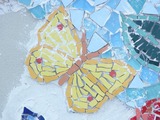
Butterfly adaptations are linked to Greek and Roman mosaics.
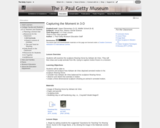
Students will examine the sculpture "Rearing Horse" by Adriaen de Vries. They will then draw and sculpt animals from life, trying to capture motion frozen in a moment.
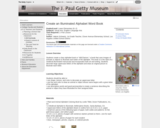
Students create a class alphabet book or "ABCDarium," a book that uses images of animals or objects to illustrate each letter of the alphabet. The book is in the style of a medieval illuminated manuscript and incorporates both art and writing. Students decorate large uppercase letters of the alphabet and draw an original picture to illustrate each letter.

Students participate in a "thirty-second look," followed by a class discussion about Jan Brueghel's painting "The Entry of the Animals into Noah's Ark". Students then use description words and complete sentences to write about their favorite animal in the painting; draw the animal using line, color, and shape; and present their work to the class.
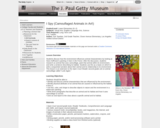
Students discuss how the environment influences animal characteristics by looking at Hans Hoffmann's painting "A Hare In the Forest". After the discussion, students research an animal that uses camouflage, paint that animal within its environment, and write a sentence describing its habitat. Students use this as a basis on which to write a sequential narrative about their animal and its relationship to its environment. This lesson is an extension to the "Open Court Reader" second grade unit on animal camouflage called "Look Again."
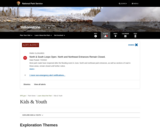
Ever seen a Mooselope? How about a Bighorn Bison? See what kinds of strange creatures you can make.It's good fun for everyone.
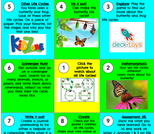
2.4 The student will investigate and understand that plants and animals undergo a series of orderly changes as they grow and develop. Key ideas includea) animals have life cycles This choice board helps students explore animal life cycles at his/her own pace. Students play an interactive hyper doc board game. This can be individual or whole class. It includes videos, online games, assessments, and is a lot of fun. Great way to engage any learner! Get started with the center square and move around the board to learn more about life cycles.
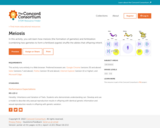
Meiosis is the process by which gametes (eggs and sperm) are made. Gametes have only one set of chromosomes. Therefore, meiosis involves a reduction in the amount of genetic material. Each gamete has only half the chromosomes of the original germ cell. Explore meiosis with a computer model of dragons. Run meiosis, inspect the chromosomes, then choose gametes to fertilize. Predict the results of the dragon offspring and try to make a dragon without legs. Learn why all siblings do not look alike.

NASA eClips Real World: The Carbon Cycle - Essential for Life on EarthVideo Description: Carbon is an essential building block for life. Learning how carbon is converted through slow- and fast-moving cycles helps us understand how this life-sustaining element moves through the environment. Discover how NASA measures carbon through both field work and satellite imagery keeping watch through its eyes on the sky, on Earth, and in space. This video won and Emmy Award in 2020. Video Length: 5:43.NASA eClipsTM is a suite of online student-centered, standards-based resources that support instruction by increasing STEM literacy in formal and nonformal settings. These free digital and downloadable resources inform and engage students through NASA-inspired, real-world connections.NASA eClips Real World segments (grades 6-8) connect classroom mathematics to 21st Century careers and innovations. They are designed for students to develop an appreciation for mathematics through real-world problem solving.
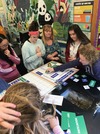
Lesson Length: 1-2 hoursGrade Level: 6-8Students will explore population interaction and impacts on an ecosystem through a breakout box activity grounded in engineering design thinking. Students will learn about how bees are interrelated within an ecosystem by solving clues to save a hive from a breakout box and they will engineer a plan to incorporate bees into a community that addresses concerns, benefits and trade offs for the bees and the humans.This material is based upon work supported by the National Science Foundation under Grant No. 1657263. Any opinions, findings, and conclusions or recommendations expressed in this material are those of the author(s) and do not necessarily reflect the views of the National Science Foundation.